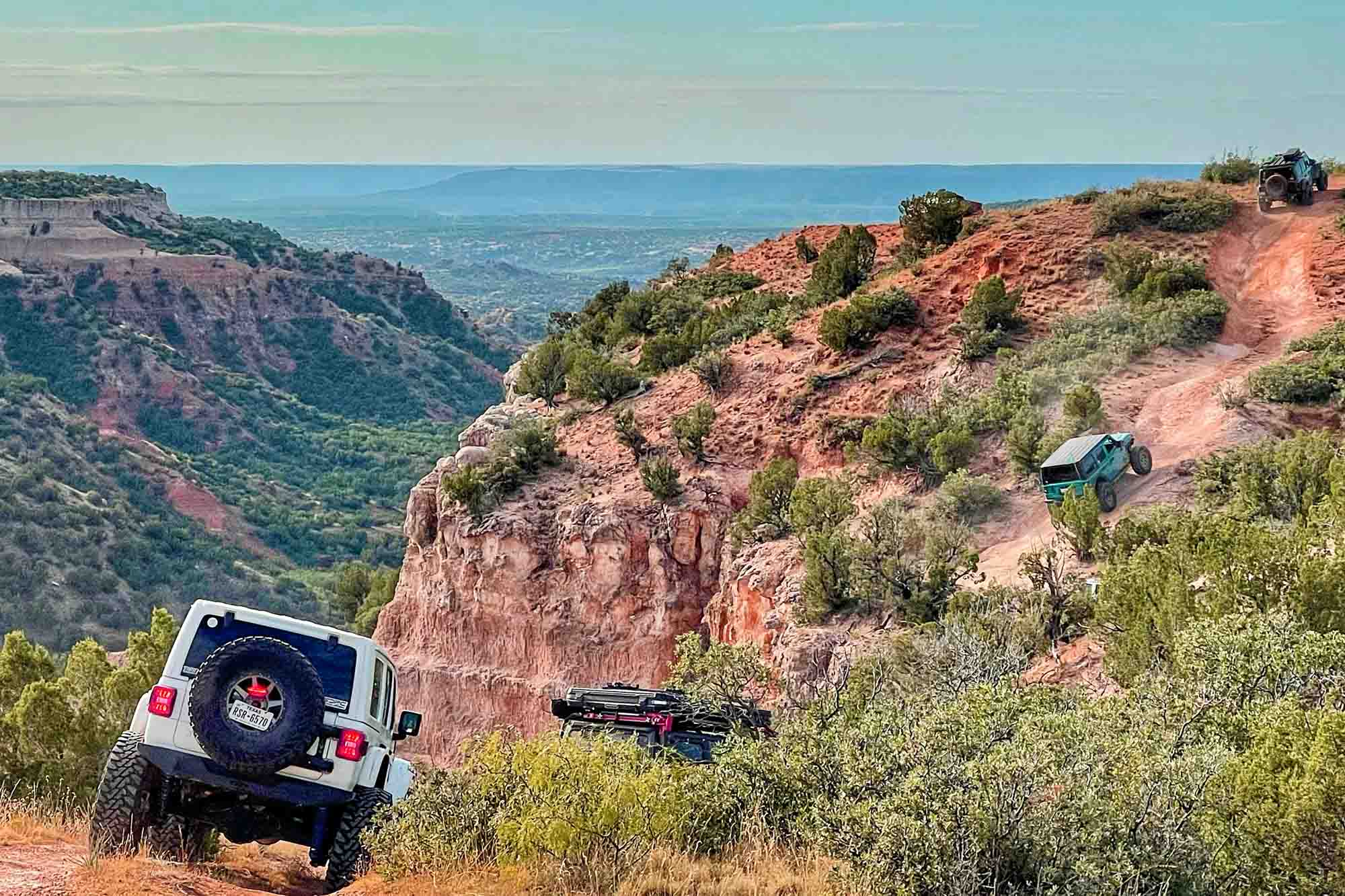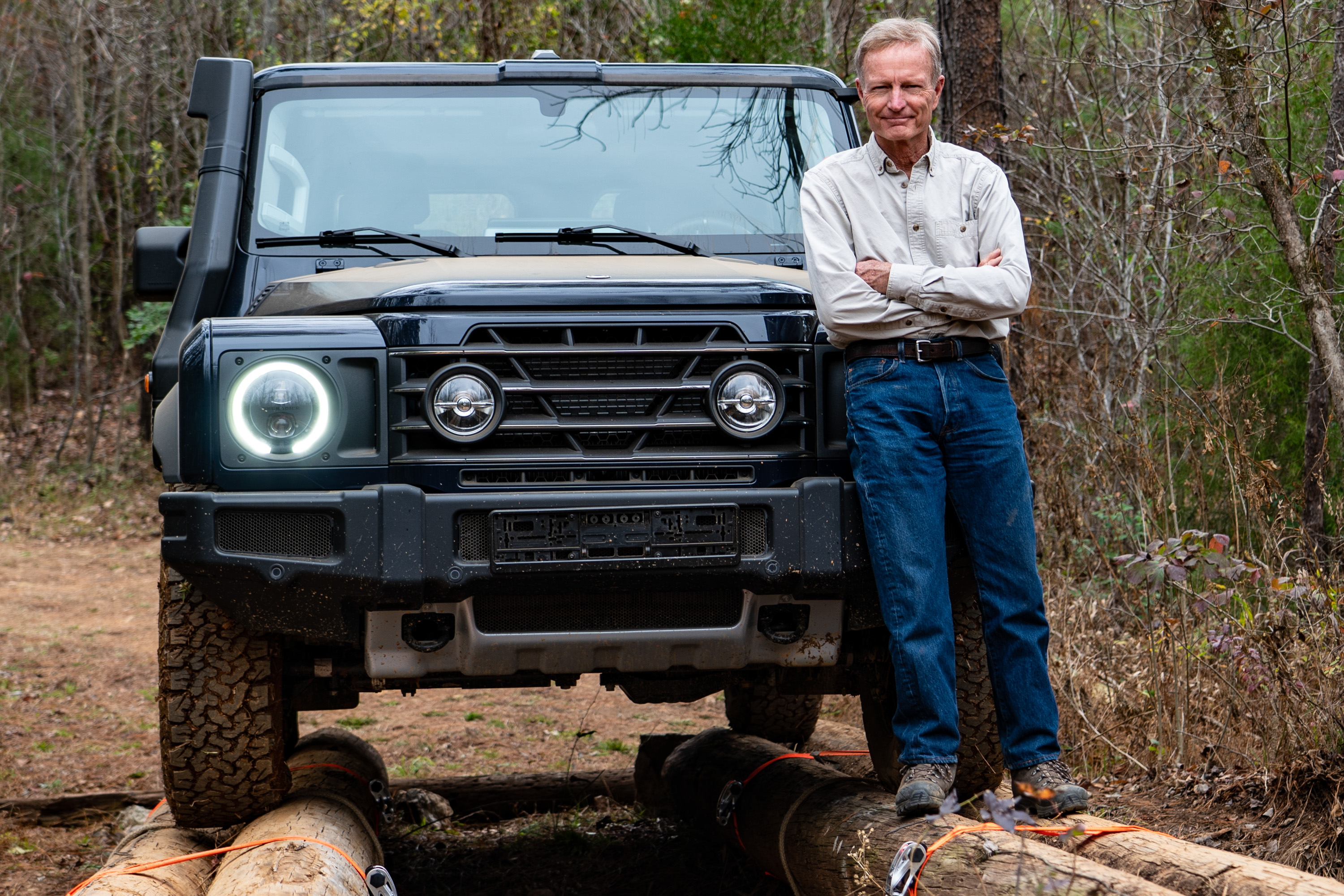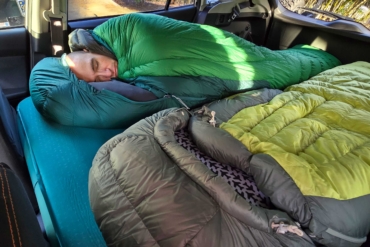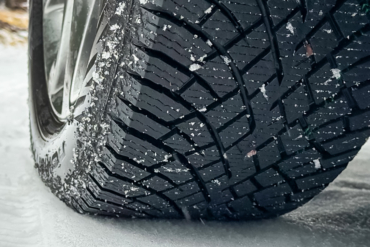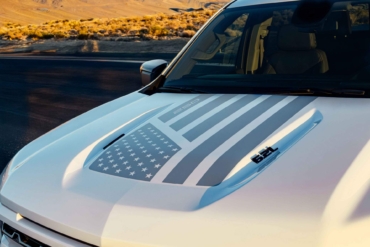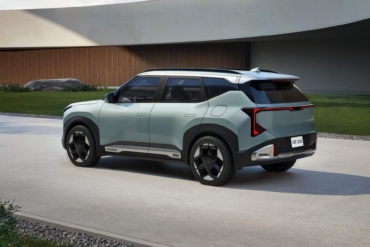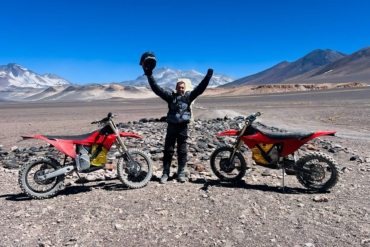Many hikers and nature lovers get visibly frustrated when they have to share trails with offroad vehicles. Big, loud, and destructive, a growing collection of modern off-road vehicles (including ATVs, UTVs, and motorcycles) have caused rifts in the outdoor recreation community.
Small mountain towns continue to fight over whether to allow them, and federal officials sparked outrage last year by closing hundreds of miles of Moab trails to these glorified Go-Karts.
But there’s a new park where street-legal off-roaders, like Jeeps, pickup trucks, and overlanders, can explore the outdoors in harmony with hikers. And it’s in — of all places — Texas.
That’s the vision of South African entrepreneur Dirk van Reenen, who opened Merus Adventure Park in Palo Duro Canyon in 2021. After 3 years of development, the 5,500-acre ranch now has dozens of miles of trails — more, in fact, than the state park located within the canyon. With only certain off-road vehicles allowed to roam free, a daily cap of 200 people, and a long-term environmental plan, van Reenen thinks Merus offers something a bit different.
“We’re the only park doing it quite like this,” he said. “We have people coming here now that say this reminds them of off-roading in the 1970s … People know it’s not going to be loud, and it’s not going to be packed with other people.”
Learning the Lesson of Moab
The challenges created by off-highway vehicles have grown with their popularity. These fast-moving vehicles wear down trails much faster than street-legal offroaders like Jeeps or trucks. That means either more trail maintenance, more environmental damage, or likely both. They’re also the loudest thing around, especially in wide open spaces, with their roaring engines audible for miles.
Offroading conflicts with other recreationists came to a head in Moab last October, when the U.S. Bureau of Land Management closed 317 miles of trails to all motorized vehicles, including Jeeps. Those closures created “access problems for everyone,” Joe Risi of onX maps told GearJunkie.
For van Reenen, who grew up with vehicle-based adventures in South Africa, it’s disappointing to see increased division between offroading and other forms of outdoor recreation. While traveling with his family during the pandemic, he discovered a dearth of places for “family connection and adventure.”
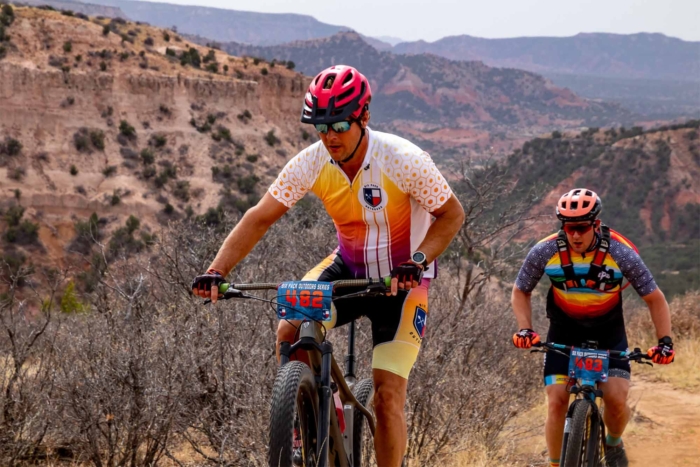
“In 2020, we started thinking about building a large-scale park that’s family-friendly, that’s about connection, and based on a respect for the land,” he said. “By the end of 2020, we had a property and a contract.”
Van Reenen visited many private adventure parks across the country before building up Merus Adventure Park. He decided on a model that’s both simpler and more environmentally conscious, he said. By prohibiting the noisier, more destructive vehicles, he’s offering conventional offroaders a return to peaceful exploration and connection with nature, he said. But the approach also makes it easier to balance recreation with environmental stewardship.
“You remove those [vehicles] and you completely change the experience, and that’s one of the reasons why people are coming here,” he said.
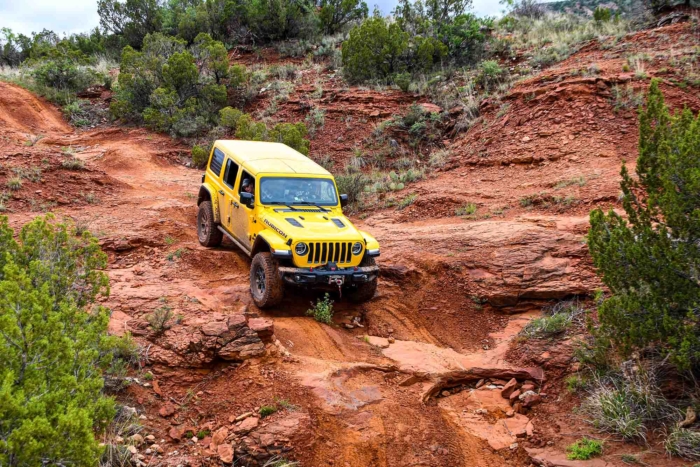
More to Offer Than Palo Duro State Park?
Texas, as you may know, doesn’t have much public land.
A whopping 95% of Texas remains privately owned, with three times as many private acres as any other state, according to the Texas Land Conservancy. Less than 2% of state land is protected, including state and local parks. This state of affairs is clearly evident at Palo Duro Canyon. It might be the second-largest canyon in North America, but the majority of the land is still private.
Palo Duro Canyon State Park supposedly owns about 30,000 acres, but visitors can only explore less than half of that. Why? Because neighboring ranchers pay the state to allow their cattle to graze within the park, according to the nonprofit Open Palo Duro.
“It’s going to be up to the private sector to have public land for younger generations to experience,” van Reenen said. “If you want these things to be available 100 years from now, you have to start today.”
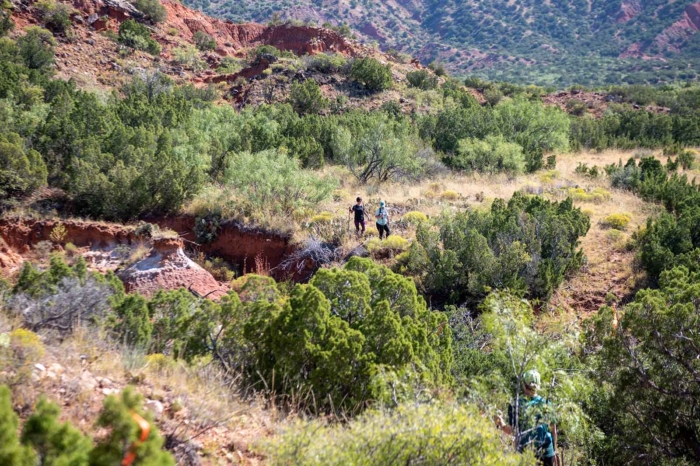
And that’s exactly what he’s trying to do with Merus Adventure Park. Where the state park has just 30 miles of trails for hiking, biking, and horse riding, Merus already has 56 miles just for offroading, as well as trails for hiking and biking. While the state park often sees about 3,500 visitors a day, Merus caps its daily headcount at 200. In other words, more trails with fewer people on them.
It’s welcome news to have another option for experiencing one of the state’s most beautiful places — and one that deserves far more attention. As the ancestral home of the Comanche tribe, Palo Duro’s history is truly epic. The tribe (and presumably their canyon home) will soon get a film from Yellowstone‘s Taylor Sheridan.
“I never envisioned that people would drive 10 hours to come here,” van Reenen said. “But it’s really kind of put us on a national scene, especially for people that are avid overlanders.”
It’s also not too pricey. A day pass for Merus costs $15, while an offroad pass is $25. Learn more on the Merus website.
